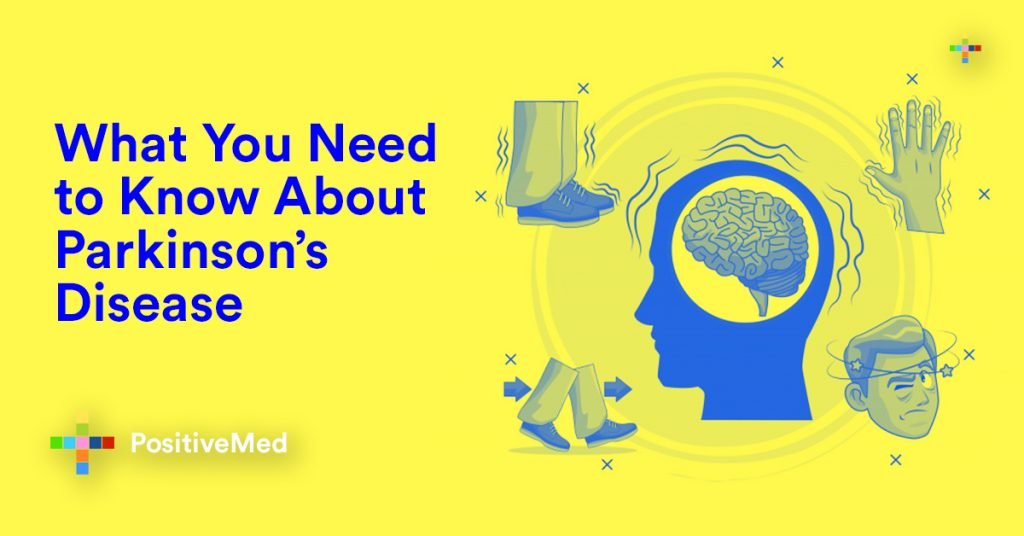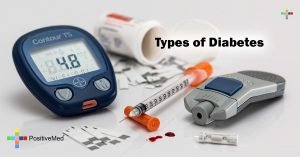In 1991 when he was only 29 years old, actor Michael J. Fox found out that he had Parkinson’s Disease, a progressive disease that largely affects a person’s ability to control their own movements. While rare to develop it at such a young age, Parkinson’s affects millions of lives every year and still has no cure.

What is Parkinson’s Disease?
Parkinson’s is a neurodegenerative brain disorder that largely afflicts the motor cortex of the brain. Most commonly thought of as a condition that makes one shaky or causes tremors, Parkinson’s progressive degeneration of the nervous system can actually cause a host of symptoms including loss of autonomic functions like blinking, swallowing, and smiling.
What Causes Parkinson’s Disease?
The root autoimmune issue that causes Parkinson’s has to do with dopamine, a chemical produced in the brain which serves as a neurotransmitter. Neurons, brain cells, in the substantia nigra region of the brain need dopamine to relay messages to other parts of the brain and body in regards to controlling movement.
In somebody with Parkinson’s, those dopamine-producing cells experience widespread damage and can no longer function as you need them to. Without the dopamine needed for neurons to communicate, impaired motor function and other symptoms of Parkinson’s presents. If a normal healthy brain was a gear turning quickly, Parkinson’s essentially slows that gear down tremendously, making everyday tasks more and more time-consuming. The neurodegeneration, or impairment of brain cells, over time can lead to complications with eating, drinking, swallowing, talking, mobility, continence, and more.
Why do these critical neurons experience damage? Researchers have narrowed down a few potential players that may impact developing Parkinson’s. Rare cases where multiple family members have Parkinson’s Disease have shown specific genetic mutations which can lead to the disease according to the MayoClinic. And some environmental toxin exposure is believed to potentially trigger the disease as well.
Lewy bodies have been discovered in the nerve cells of Parkinson’s patients and those with Lewy bodies dementia and some other disorders. These microscopic biomarkers are abnormal clumps of Alpha-synuclein proteins and other substances that displace critical cell components and are the main focus of Parkinson’s research.
What Are the Symptoms of Parkinson’s Disease?
Early stages of Parkinson’s bear unique symptoms including lack of facial expressions, like not smiling, and the lack of a swinging motion of your arms at your sides when walking. Over time more serious symptoms develop including:
Tremors
– Tremors when a body part is at rest is a characteristic sign of Parkinson’s, typically beginning in the arms or hands. A pill-rolling tremor where the thumb and forefinger of a hand rub back and forth like you are rolling a pill can serve as an early indicator.
Speech changes
– the volume of your voice may soften over time and your speech may become slurred or garbled. You may hesitate for a long period of time before speaking, and lose inflection and normal tone change.
Loss of autonomic functions – those functions your body does without you even having to think about it are affected by Parkinson’s. This includes blinking, swallowing, and temperature regulation.
Muscle rigidity
– muscles will stiffen over time, limiting the range of motion and impairing flexibility and mobility.
Changes in writing
– your writing may change over time, growing smaller, more cramped, and becoming harder and harder to read.
Difficulty balancing
– Your posture, gait, and balance may all be negatively impacted with Parkinson’s, making it hard to coordinate movements and stay upright without support.
Bradykinesia (slowed movements)
– the impaired ability to move the body fluidly or swiftly on command, slowed movements in Parkinson’s patients may look like feet dragging when you walk.
Excessive sweating
– dopamine also plays an important role in activating the fight or flight response in the sympathetic nervous system as well as in regulating body temperature and sweat glands. Excessive sweating when at rest especially can be a warning sign.
Non-motor related symptoms
– additional symptoms may accompany Parkinson’s which are not related to movement including loss of sense of smell, persistent neck pain, constipation or bladder slowness, sleep disorders, hallucinations, mood or personality changes, and impulsive control disorders.
How Is Parkinson’s Treated?
While Parkinson’s is currently incurable, there are a handful of pharmacological treatments which can effectively treat many symptoms and help those with the disease lead a relatively normal life. A neurologist, or doctor who specializes in brain and nervous system disorders, will evaluate you and perform a clinical diagnosis based on medical and family history, discussion of symptoms, and a physical exam.
Ruling out other conditions with imaging scans and blood tests may be required, and a trial test of a Parkinson’s drug to see if symptoms improve may help as well.
Because dopamine is produced in the brain and there is a highly selective semipermeable membrane around the brain called the blood-brain barrier, it is currently impossible for intravenously administered dopamine to reach the right neurons. Doctors have found a way, however, to get other drugs (like Levodopa) through the blood-brain barrier which then convert into dopamine.
Another type of prescription drug that can help is called a dopamine agonist. Instead of changing into dopamine in the brain, these drugs (like Neupro) simply mimic the effects of dopamine in the brain. Additional pharmaceutical aids like monoamine oxidase B (MAO-B) and Catechol-O-methyltransferase (COMT) inhibitors block enzymes in the brain that break down dopamine. Surgical procedures involving deep brain stimulation may be discussed if medicine has little to no effect in treating symptoms.
What Lifestyle Adjustments Easy Parkinson’s?
Occupational therapy and ease of use tools and assistive devices may aid older adults and other patients with Parkinson’s Disease. To see a list of the top assistive devices, view this link. Assistive devices and equipment can simplify daily tasks like getting dressed, bathing, standing up from a chair, writing, or picking things up.
A healthy diet and exercise can also help fortify the body to strengthen it and mitigate symptoms. For example, proper hydration and lots of fiber can tackle constipation, a symptom common among Parkinson’s patients. Exercise the hones muscle, flexibility, and balance can also help prevent debilitating falls and reinforce your gait.







